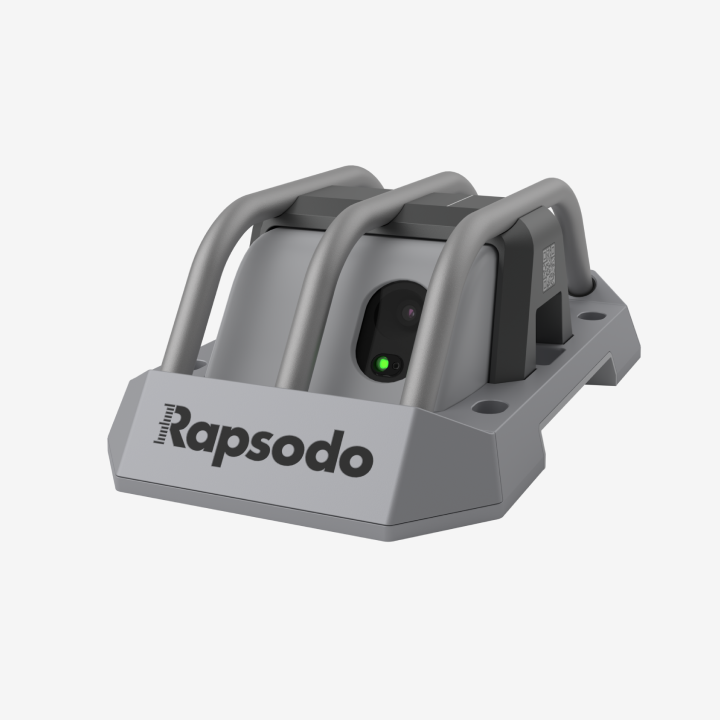The following article was written from a coach’s perspective. Jason Immekus is an assistant coach at Crowder College in Neosho, MO and uses Rapsodo PITCHING 2.0 with his pitchers.
As a coach at the college level going on 18 years, we are always looking for new ideas and ways to keep our workouts fresh and engaging for our student athletes. The most innovative way I have come across recently is the use of Rapsodo PITCHING 2.0 in our workouts.
We are able to incorporate this technology in various ways throughout the course of the year. When our student athletes arrive on campus we are able to track and get baseline numbers for them in the first few weeks of the fall. Understanding where guys are coming from is very important at this stage. Some coming off of a full year of high school and summer ball, some coming off limited innings over the summer, and some are just coming off an extended period of not throwing.

We are able to take all these things into consideration while gathering our data. At the JuCo level we are lucky enough to begin training almost as soon as we get them on campus. We are able to test them again periodically throughout the fall, updating our data and can begin to get a real feel for who is capable of what. Then we can begin creating a more specific training plan going off of what their future pitch arsenal may consist of.
This becomes very important in the development process as we meet with guys to discuss how they are “getting their outs” and what things look like specifically when they are running “right”. What they do well and can improve upon, as well as where improvements can be made.
The subscription package allows us to send an email to each player after each bullpen session where the player can look over specifics that he might be focusing on. Typically, the player will take a look and have questions as to the what and the why. This is where the real learning takes place. Creating an identity for each guy has been a big part of incorporation of the data which in turn breeds confidence.
When our kids return from break we have our first few bullpens scripted based on each guys “stuff”. We set up challenges for them such as repeating release heights on both off speed and fastballs, and being able to get a consistent spin direction in a certain sequence. An example of this is fb away, fb in, bb for a strike, etc.
Being able to display these metrics on a large TV screen allows us to really create a competitive environment where the intent of each pitch is under the watchful eye of coaches and teammates alike. Before, velocity was the main indicator of a good pitch, and often still is. However, the information we receive from the “RAP” places value on things far beyond what we could measure objectively in the past.
As opposed to me just saying that was a better breaking, they can actually SEE that it was a better one and why. It is a neat feeling seeing a group rally around someone who has increased the vertical drop on a BB or kill the spin more efficiently on a changeup.
This deliberate practice has also created a sense of confidence in our staff as individuals and as a pitching staff and how their pitches work in combination with our other arms throughout the course of a game. Creating both an individual and group identity has been instrumental in our overall process and how we reach the goals we strive for as a team.
















